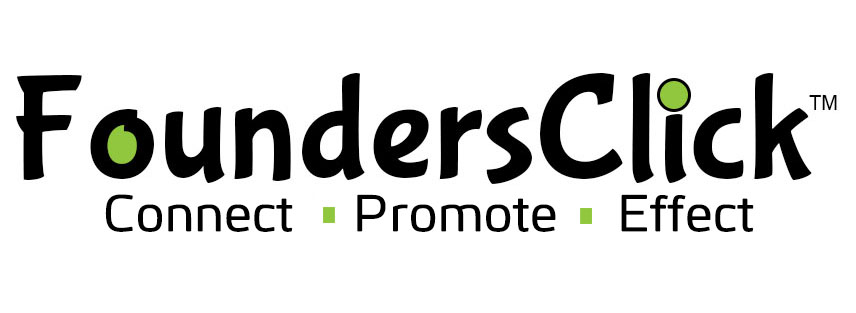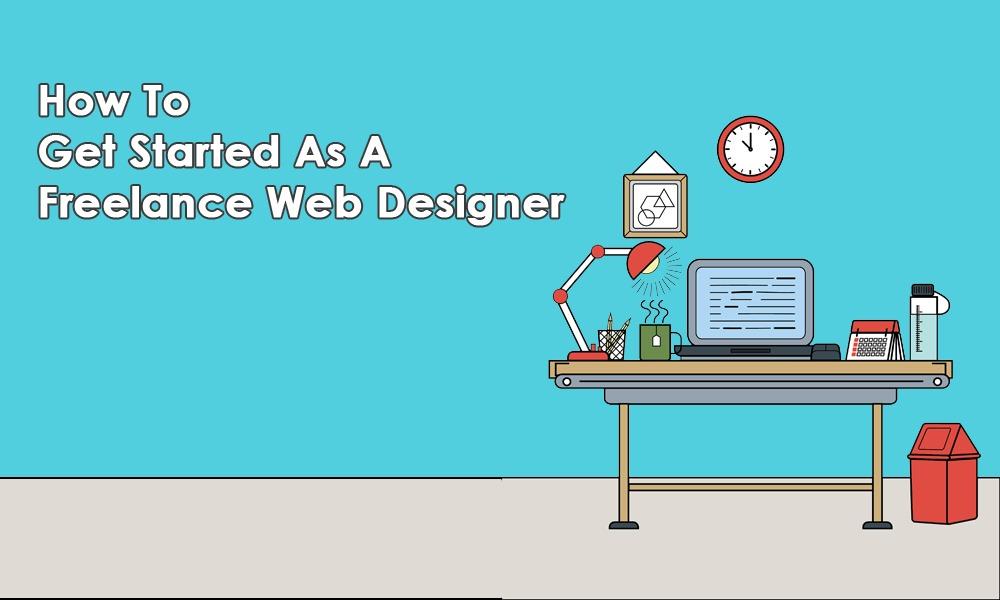In the digital era, the demand for skilled web designers continues to soar, presenting a golden opportunity for those looking to start a freelance career in web design. If you have a flair for creativity and a passion for crafting visually appealing and functional websites, this guide will walk you through the essential steps to launch your web design freelancing journey.
Step 1: Develop and Hone Your Skills
Before diving into the world of web design freelancing, ensure you have a solid foundation of skills. Familiarize yourself with design principles, user experience (UX) and user interface (UI) design, and popular design tools like Adobe XD, Sketch, or Figma. Stay updated on the latest web design trends to offer clients modern and relevant solutions.
Step 2: Build a Stellar Portfolio
Your portfolio is your online showcase of skills and expertise. Create a professional website showcasing your best web design projects. Include a variety of work that highlights your versatility, such as responsive designs, e-commerce sites, and visually striking interfaces. Consider adding case studies that provide insights into your design process and problem-solving skills.
Step 3: Define Your Niche and Target Audience
Web design is a broad field, and defining your niche can help you stand out in a competitive market. Identify the type of websites you excel at designing—whether it's corporate, e-commerce, portfolio, or niche-specific sites. Understanding your target audience will enable you to tailor your services to meet their specific needs and preferences.
Step 4: Set Your Pricing Structure
Establishing a clear and competitive pricing structure is crucial. Research industry standards and consider factors such as project complexity, scope, and your level of expertise when determining your rates. You may opt for project-based pricing or hourly rates, depending on your preference. Clearly communicate your pricing on your website to set client expectations from the start.
Step 5: Create a Professional Online Presence
Craft a professional and user-friendly website to serve as your online hub. Your website should feature a clean design that reflects your style and showcases your portfolio prominently. Include an about page, contact information, and a dedicated section outlining your services and expertise. An easy-to-navigate website builds trust with potential clients.
Step 6: Leverage Freelance Platforms
Joining freelance platforms like Upwork, Fiverr, or Toptal can provide a steady stream of web design opportunities. Create a detailed and compelling profile, highlighting your skills, experience, and portfolio. Actively bid on relevant projects, and ensure your proposals showcase how your expertise can benefit the client's specific needs.
Step 7: Network and Collaborate
Networking is a powerful tool in the freelance world. Connect with other web designers, attend industry events, and join online communities to expand your network. Collaborating with other freelancers or agencies can lead to referrals and mutually beneficial partnerships, helping you secure more projects.Embarking on a web design freelancing career requires a combination of skills, dedication, and strategic planning. By honing your craft, building a strong portfolio, defining your niche, and effectively marketing your services, you can position yourself for success in the competitive world of web design freelancing. Stay current with industry trends, provide exceptional service, and continually refine your skills to ensure a thriving and rewarding freelance career.

 SkillClick
SkillClick
